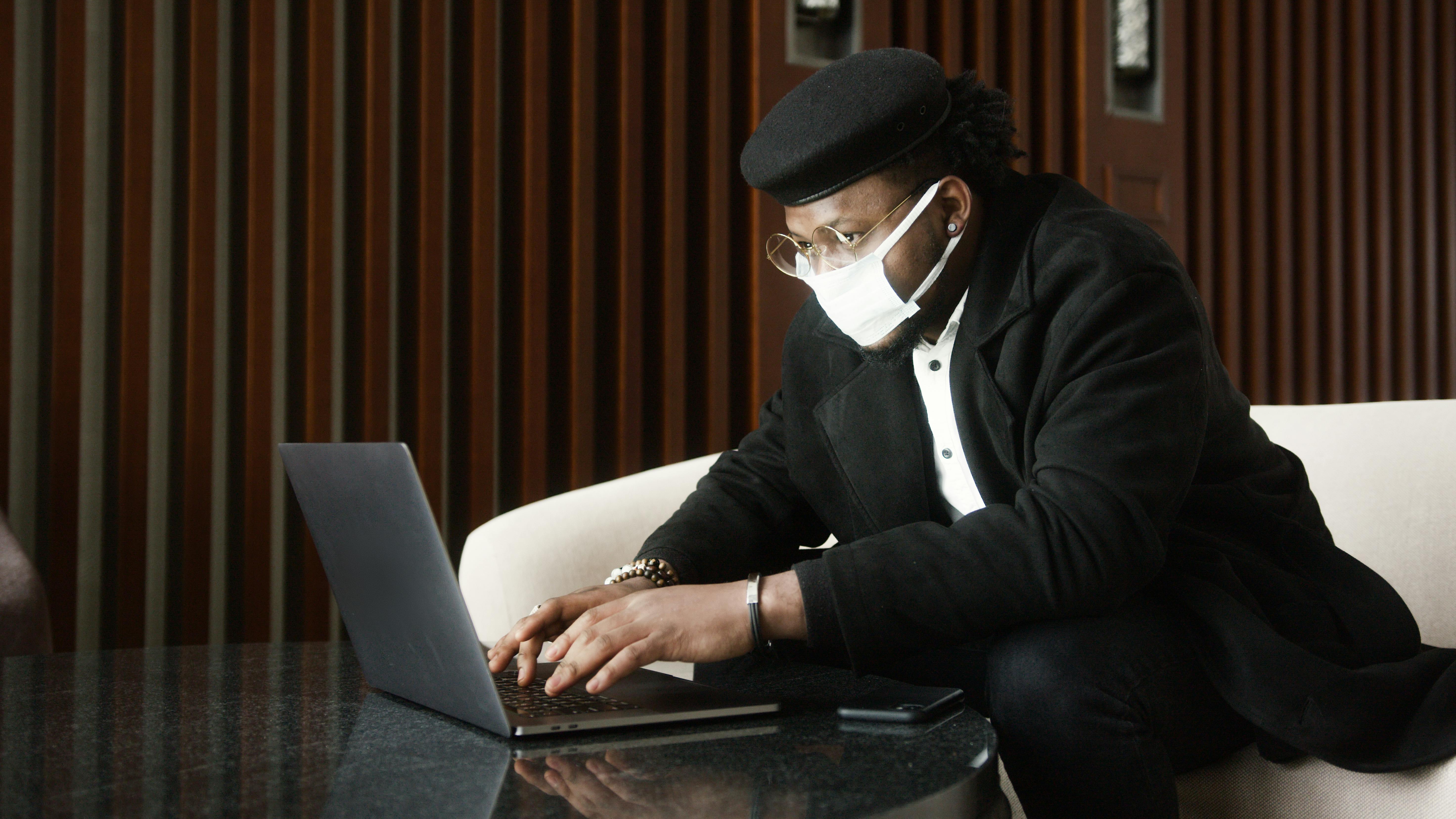Business proposal: structure and winning tips.
Introduction
A proposal is the final step before the start of a project and is almost like a contract. But there is guidelines to follow if you don’t want to waste your effort on a client. A poor, poorly made, non-exhaustive proposal can easily turn a good client into wasted time.
This article describes the golden rules for a winning proposal and the mistakes to avoid.
Background
without boiler plate: Be specific with the results you can get.
More rational emotional: the use of rational impact explains your professionalism and clients also need a positive feeling about your proposal.
don’t underestimate the proposal: time and quality are limitations to writing a clear proposal.
All around the client: Use your time to talk and fully understand your customer. A proposal should show how well you have understood your client.
Structure of the proposal
There is a specific structure that a proposal must have in order to answer all possible questions that a client may have. The normal questions are who, how, where, when and why. There are also special sections to give more results to your work.
The nine key elements of a business proposal are: Executive Summary, Background, Objectives, Results, Methodology, Team, Schedule, Rate and Guarantee, Qualifications.
Executive Summary
This is the most important part of writing a proposal. Everyone reads it and has the main points of the proposal. It is not the place for the technical details, but for your results, innovation and benefits for your client. It is the key paragraph, so it should be clear, concise (one, two pages), jargon-free, and customer-oriented.
Background
This is the section to describe the client context. It contains the client’s situation in the past and present opening perspectives and possibilities for the future (where the future is usually the one who is writing the proposal!). It can be quite short and without how and when. It answers the question Where: where are they operating, in what context.
goals
This part describes the goals you can give your client. It must be rational highlighting what is possible to achieve. It must be exactly what the customer wants and that could be a problem. Sometimes clients change their minds without letting the proposal writer know, and that can lead to disaster (or just losing the client). For this reason, it is always better to talk to the client on a regular basis. This part answers the What question: what to do.
Results
This section varies depending on the field of the proposal. It must be quantifiable, specific and concrete in terms of benefits for the client. A winning example is: “The project will increase its sales by 15% due to the new flow of its website in the next six months.” It is measurable and customer-oriented. And it is not easy to predict! In this section, references to similar projects are welcome. This section answers the Why question: why should a customer do that?
methodology
That is your way of working. Clients generally don’t have the time or resources to do what you promise to do: that’s why they care about the way you do your job. It must be possible to see problem-solving ability, experience, customer knowledge. It describes how to bring together tools, people, and processes to achieve goals with clear responsibilities. It also contains customer interactions. This answers the question How: how do you work and achieve your goals.
Equipment
Introduce the real people who will be working on this project. Clients want to know who will do the work and they want to have a positive feeling about it. This answer to the Who question: who is doing the work.
Chronology
Time always plays an important role in projects and clients want to know how long it will take them to reach their goals. It is also possible to define milestones where clients can see part of the project or the results. Pay attention to all the possible reasons that can delay the project, from political and cultural, to holidays and client time. It answers the question When: when is it possible to do everything.
Rate and guarantee
This is another part that interests everyone: the price. It should be clear how much the customer pays. It can also be done in several steps, with a price range, so that the client can see the mandatory and optional parts of the project. Another element that makes clients happy is the guarantee: it basically says that if you are not able to achieve your goal or you do not arrive on time, you will reduce your rate by X%. It can also be a statement to finish the project early if it is not going as the client expects. Those guarantees are based on results, deadlines or process. It is not important because the client will use it for sure (statistics show that it is the other way around), but because it demonstrates your ability and confidence in what you promise and puts the client in a safe situation considering the volatility of the current market. .
Ratings
Now you have to sell yourself! Write everything interesting for that client about you and your skills and your methodology. Concrete case studies, testimonials and previous clients should be here. In this part it should be possible to understand why you are unique.
final revision
It is a long process to write a complete and effective proposal. It is usually best to write everything down and then wait a day before reading the entire proposal. Three readings are suggested. The first read checks for syntax and grammatical errors. Although there are many automatic ways to do this, they are not always perfect. The second reading focuses more on the logic of the proposal. Each chapter must be logically connected to the others. The main section of the proposal is like a story that should interest your readers. The third reading should be more focused on the objective of the proposal: if you are the clients, would you like to give your money to the person who wrote the proposal?
conclusion
A proposal is an important step during the communication between you and the clients. You must demonstrate that you have understood your client by giving them a positive feeling towards you. There must also be a strong rational attitude that shows objectives, methodology and results. The nine sections of the proposal answer the normal questions a story asks: So tell your story, how you see the project, and how you envision your client’s success!
References:
Levingson JC and McLaughlin MW (2005) Guerrilla Marketing for Consultants, Wiley.




